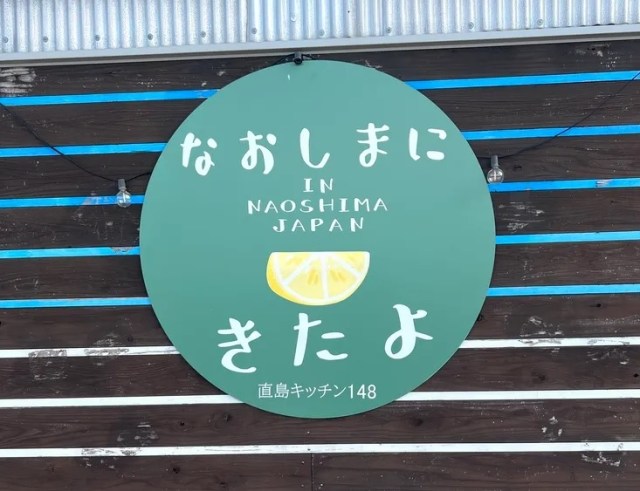
No-plan Naoshima visit leaves us with regretful satisfaction.
Some might say he’s impulsive, and others might call him adventurous, but in any case our Japanese-language reporter Kouhey has a tendency to fly by the seat of his pants when travelling. So when he recently found himself in Takamatsu, the biggest city in Kagawa Prefecture, he decided on a whim to mosey down to the port and see where the ferries were headed.
There was one leaving soon for Naoshima, an island in the Seto Inland Sea that Kouhey recalled having heard the name of in travel recommendations, so he decided, on a whim, to hop on board.
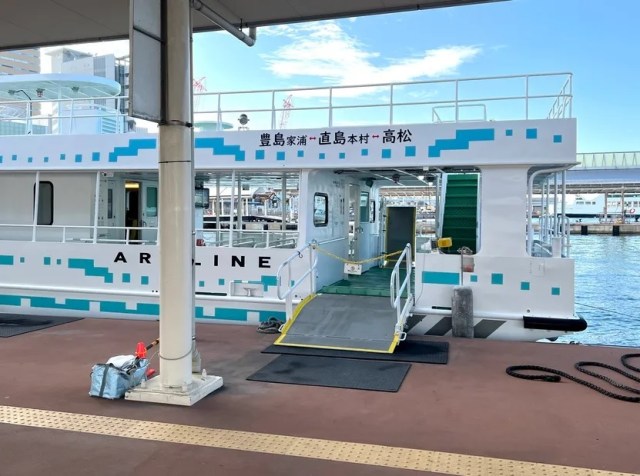
About half an hour later, Kouhey stepped back off the boat at Honmura Port on Naoshima, and he quickly remembered what the island is famous for: art.
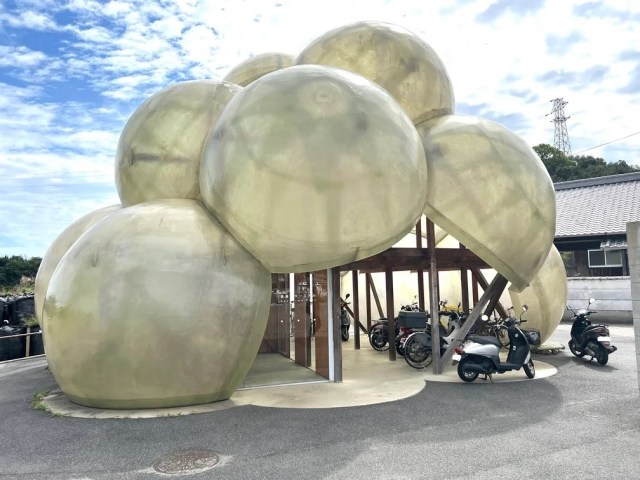
We’re not talking about woodblock prints and lacquerware here, though. Naoshima’s claim to fame is as a center of modern art. It’s an especially compelling destination during the Setouchi Triennale, an annual series of three month-long art festivals held at islands across the Seto Inland Sea, but if you’re an art lover, there’s plenty to see at any time of year.
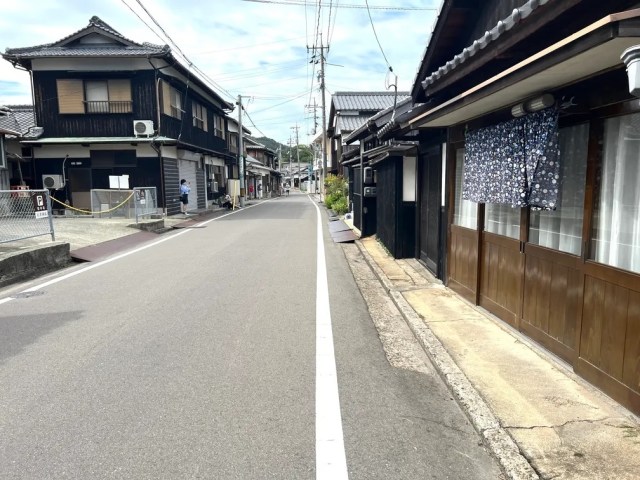
Kouhey had come ashore in Honmura, a district on the eastern side of the island. The neighborhood’s streets are lined with kominka, classically styled Japanese houses. However, some of them aren’t actually houses at all anymore, and have been converted into cafes and shops, giving the place a unique aura that’s half nostalgic and half novel.
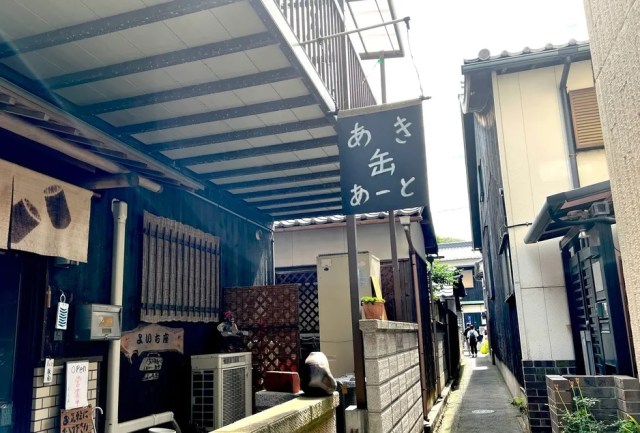
Kouhey was already enjoying himself just appreciating the architecture, but when he came across the Honmura Lounge and Archives, he decided to go inside and ask the staff if they had any sightseeing recommendations for a first-time, no-plan visitor like himself.
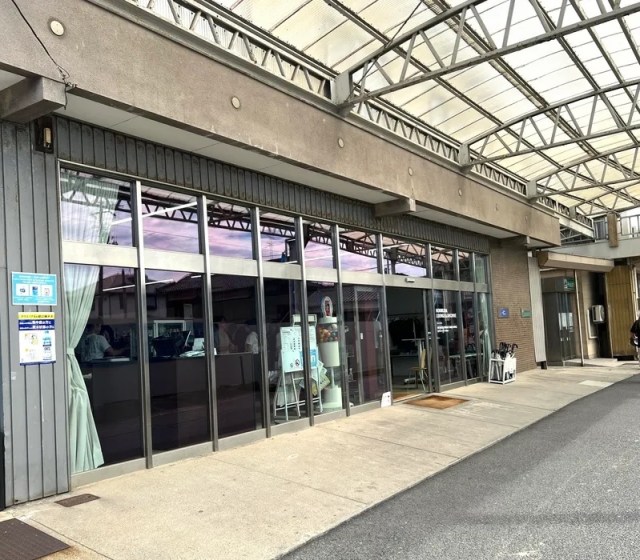
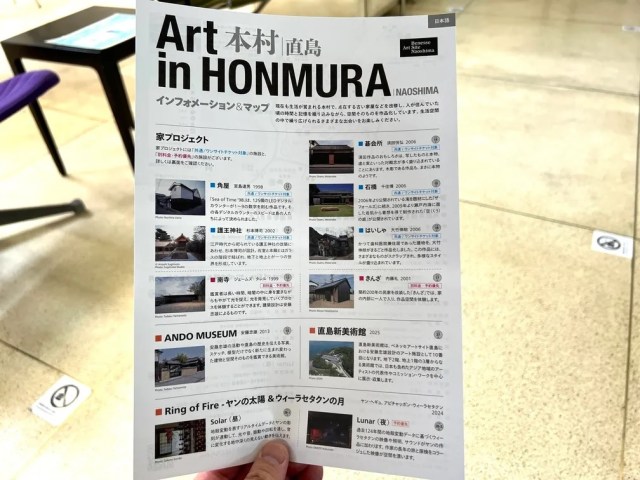
The friendly clerk on duty quickly suggested the Naoshima Art House Project. Started in 1998, this is an initiative in which artists use empty houses, and sometimes shrines, as creative spaces, “weaving in history and memories of the period when the buildings were lived in and used.” As the sites are somewhat spread out from one another, visitors will pass through other parts of the neighborhood on their way from one to another, which the organizers say acts as “a catalyst for interaction between visitors and local residents, giving rise to many a memorable episode.”
Currently there are a total of seven locations in the Naoshima Art House Project, with individual admissions priced at 600 yen (US$4). However, there’s also a multi-site ticket that can be purchased online for 1,200 yen, or 1,400 yen for the paper ticket, which gets you into five sites, and is what Kouhey opted for.
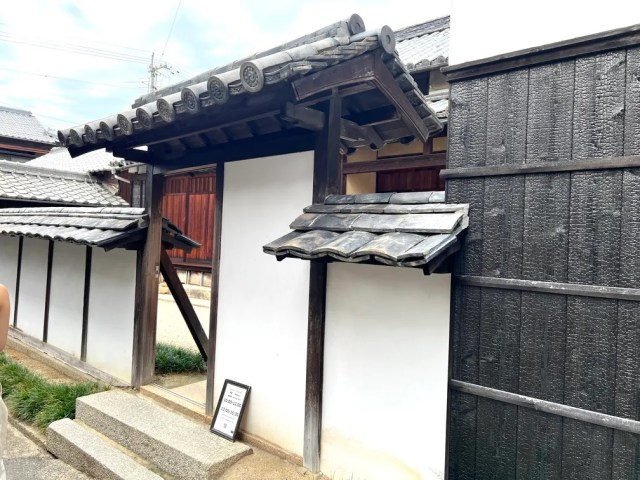
Photos for publishing aren’t allowed inside the Art Houses, but Kouhey reports that they’re amazingly creative, and completely different from what one would expect looking at their exteriors.
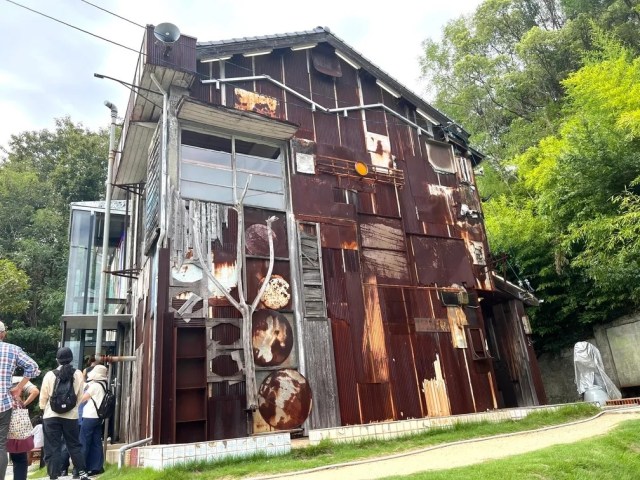
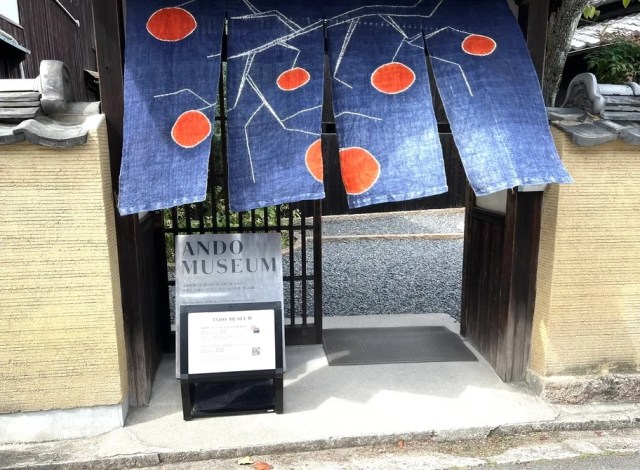
Naoshima also has more than one contemporary art museum, and Kuhey’s walk took him by two designed by celebrated Japanese architect Tadao Ando. The Ando Museum was opened in 2013, and this spring saw the opening of the three-story Naoshima New Museum of Art.
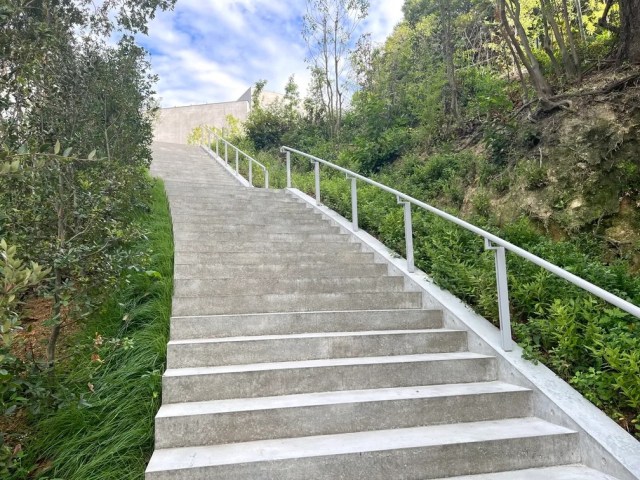
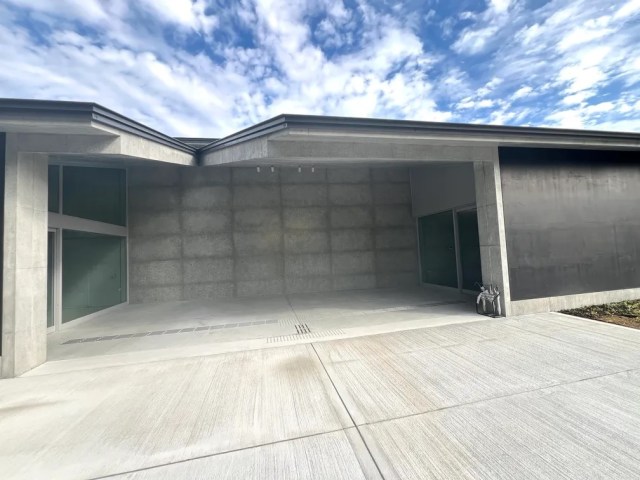
Aside from the pieces on display inside, the Naoshima New Museum of Art’s hilltop location provides beautiful views out over the Seto Inland Sea, and there’s an open-air cafe where you can get a drink or snack if you need some refreshments after walking up all the stair to get here.
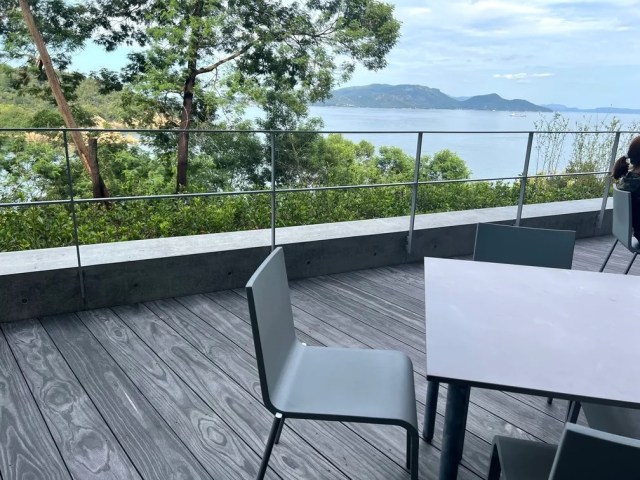
Really, everywhere Kouhey looked he could see how conscious Naoshima is of opportunities for artistic aesthetics.
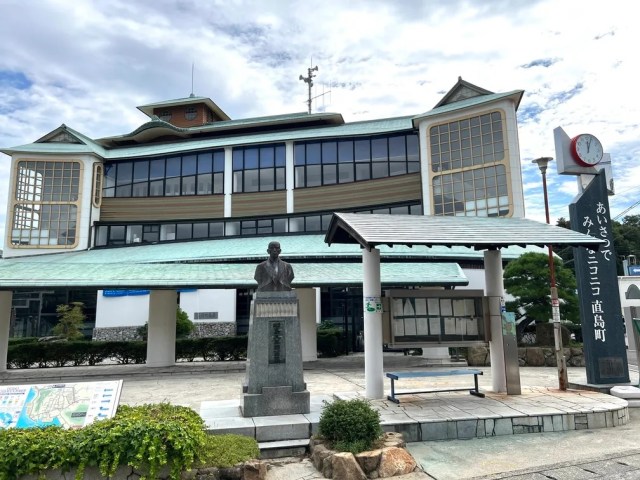
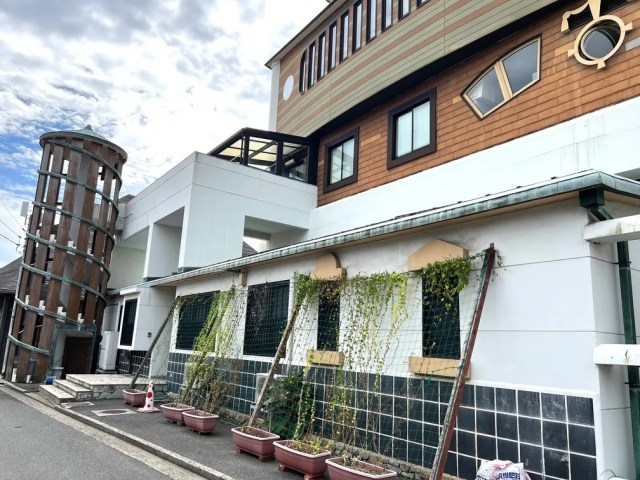
The Naoshima Hall community center, for example, is a mix of traditional and modern elements…
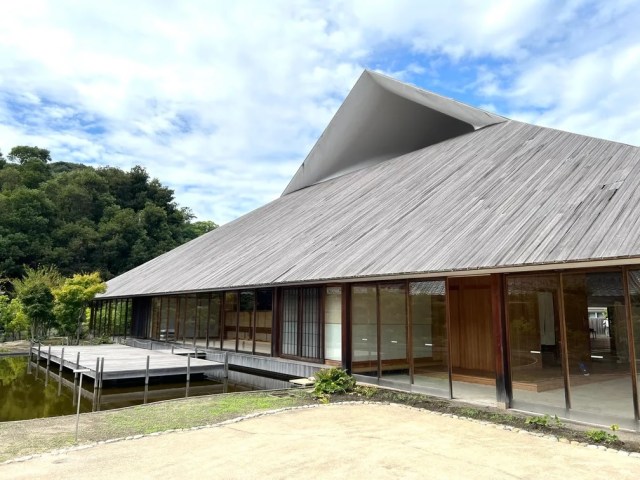
…these elephant sculptures were an adorable surprise…
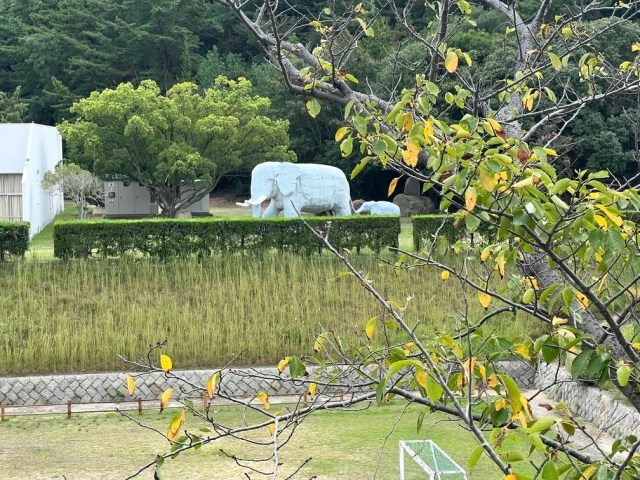
…and at one point he came across a crate of ceramic painted plates on the side of the road, with a bilingual sign inviting passersby to take them home if they liked them.
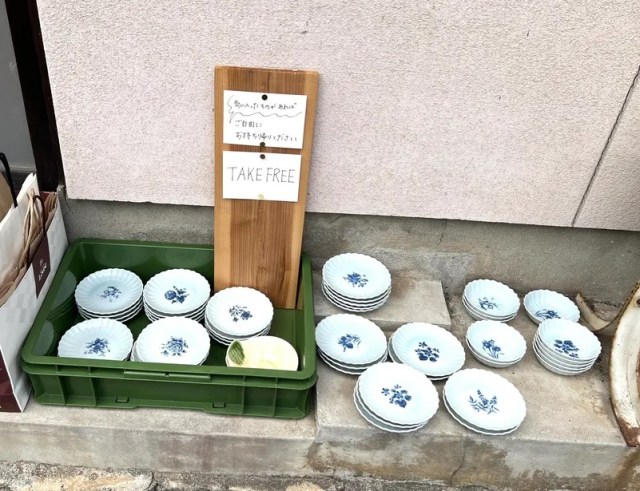
And it turned out that Kouhey hadn’t even landed at Naoshima’s main port. That’s over on the west side of the island, in the area called Miyanoura.
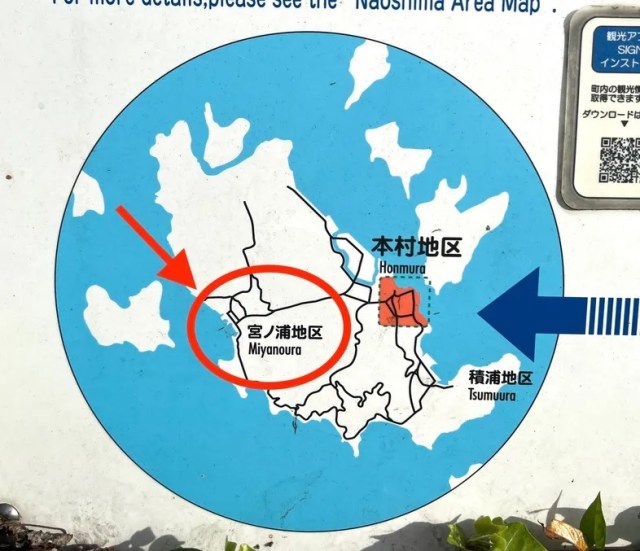
Thankfully, the island is compact enough that he could walk there in about 30 minutes. In Miyanoura, there are numerous outdoor art installations, including one of Naoshima’s most famous, artist Yayoi Kusama’s Red Pumpkin.
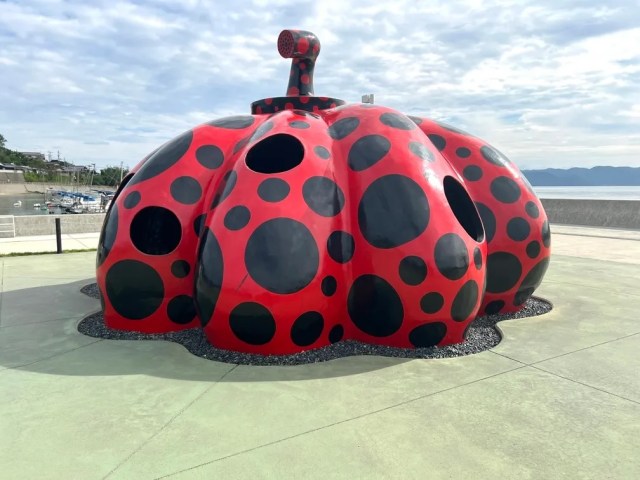
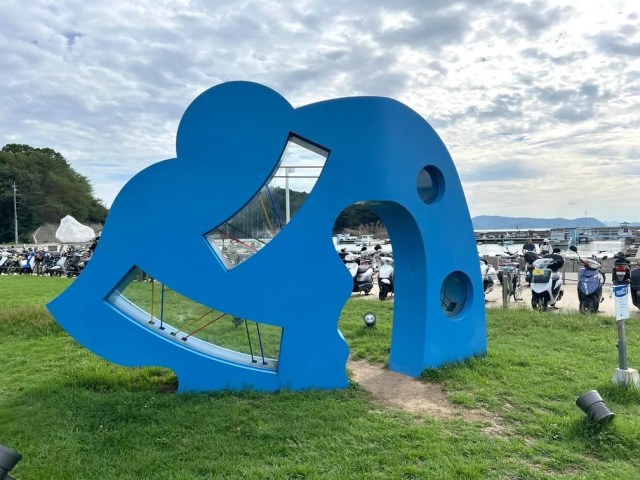
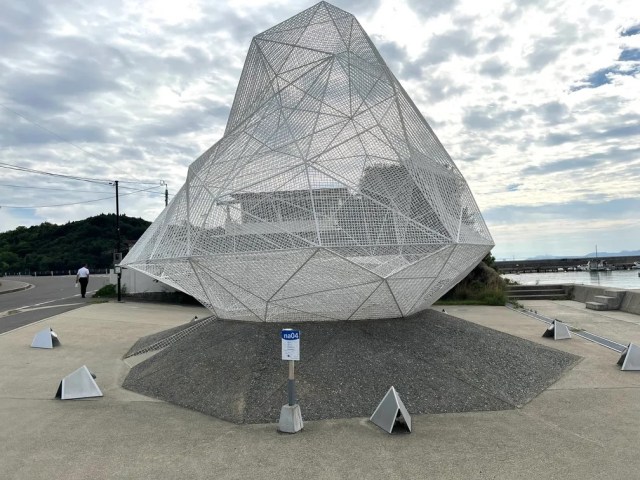
So was Kouhey completely satisfied with his visit to Naoshima? Nope, not by a long shot. That’s not Naoshima’s fault, though, it’s his. Since he’d shown up with no prior planning, he already had a hotel reservation elsewhere that night, and only had five hours to spend on the island, which he says wasn’t nearly enough to spend as much time immersed in the artistic atmosphere. It’s not that he regretted going to Naoshima, it’s that he regretted not spending an entire day and night there, or maybe eve two nights.
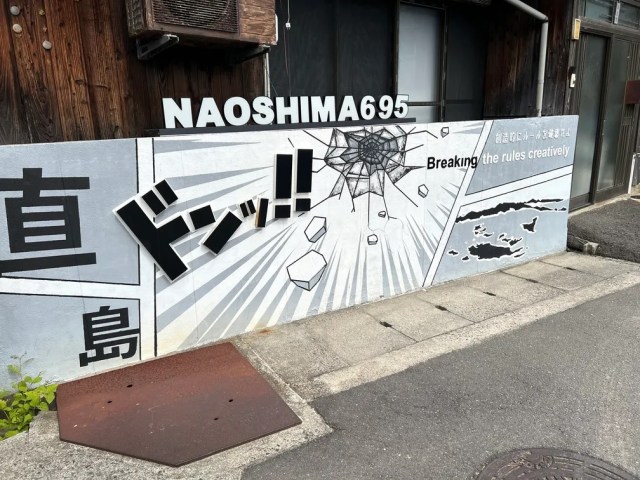
▼ This photo he took at one of the art installations captures his frustration.
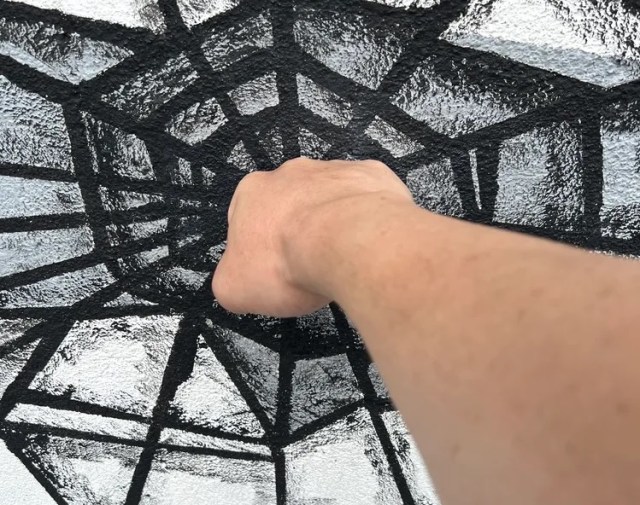
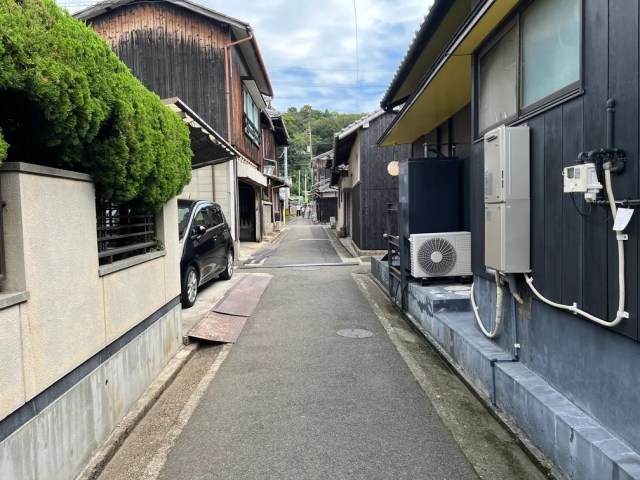
So our advice is: don’t be like Kouhey. Well, actually, our advice is to be kind of like Kouhey, in that if contemporary art speaks to you, you should follow his lead and visit the island, but give yourself much more time there than he did.
Related: Naoshima official tourism site, Art House Project
Photos ©SoraNews24
● Want to hear about SoraNews24’s latest articles as soon as they’re published? Follow us on Facebook and Twitter!
[ Read in Japanese ]
Like this:
Like Loading…

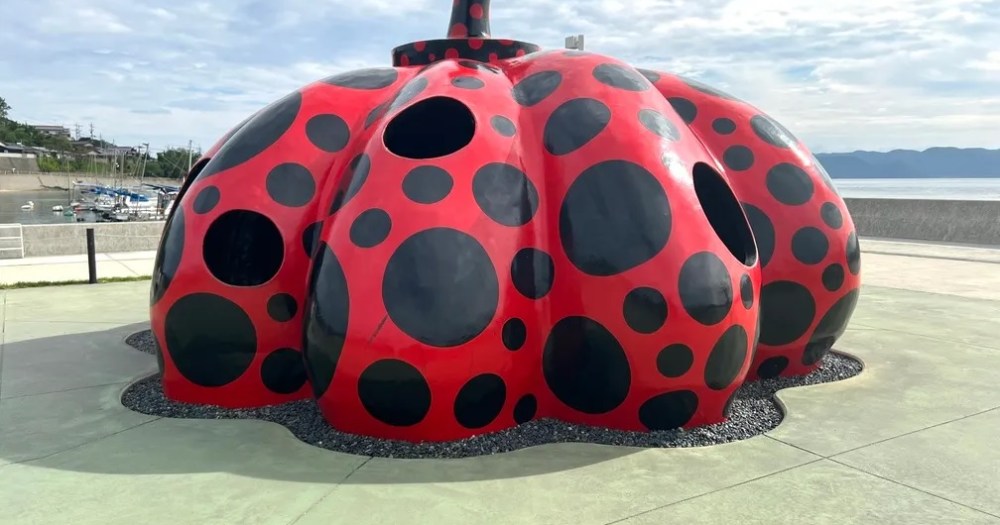
AloJapan.com